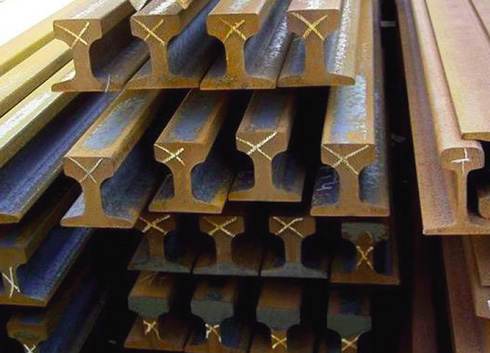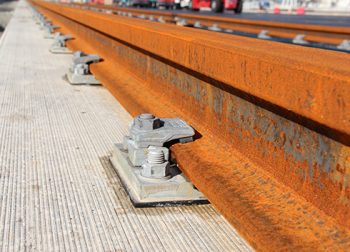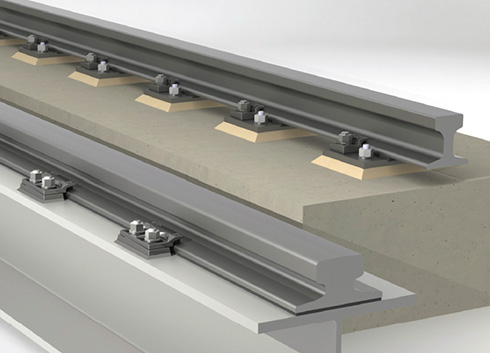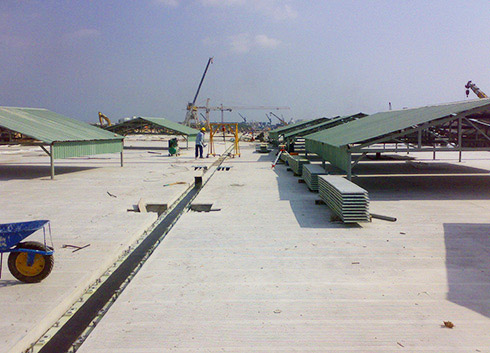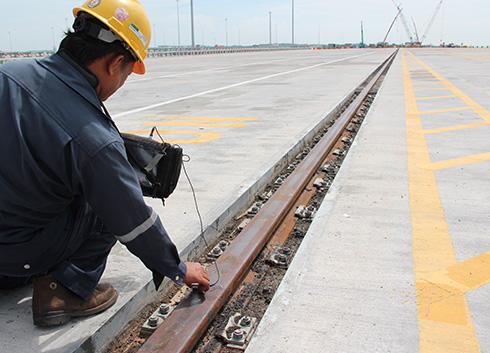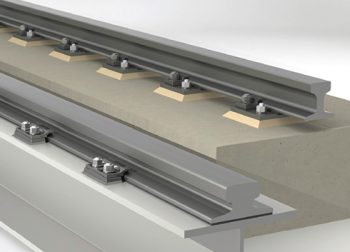A more even stress distribution between the crane wheel and rail, and also between the rail and the surface on which it is fixed.
Rubber Pads
The crane rail pads are designed to allow the rail to move and rotate by small amounts. When rails are on a pad, this is called soft mounting and this helps to ensure a more even stress distribution between the crane wheel and rail and also between the rail and the surface on which it is fixed. There are two pad types, one for a continuously supported rail and one for discontinuous mounting.
Resilient Crane Rail Pads
Individual elastomer pad is used under rails that are discontinuously supported. Steel reinforced continuous pad is used under rails which are continuously supported. A ‘soft mounted’ rail has many distinct advantages, not least a reduction in noise levels and vibration. Moreover, the resilient pad compensates for any uneven surfaces in the rail or steel support and thereby distributes the wheel load over a larger area. This reduces load concentration and fatigue in the support structure. The continuous pad has a grooved surface that results in a non-linear load deflection characteristic thereby controlling rail bending stresses.
A further advantage is the prevention of fretting corrosion between the rail and the supporting nominal steelwork. The standard resilient pad is 7 mm thick and is normally supplied in widths less than the rail base width.
Crane Rail Pads
The pad can be supplied for any crane or railway rail. It is supplied at just under the width of the foot of the rail so that the adjustable clips can fit tightly to the foot of the rail.
A pad can reduce the stress on the crane runway beam or girder by a significant amount.
Using a pad reduces the risk of fatigue failure in the support structure.
A pad can allow the rail to rotate by small amounts and this means that the crane wheel can force the rail into a position where there is good contact across the whole width of the head of the rail.
Pad eliminates the metal-to-metal contact between the steel rails and steel support. Thus it substantially reduces the wear, fretting and corrosion between the rail and the support. This is particularly valuable in outdoor applications or places where oil, grease and moisture are to be found.
The elastomer individual pad and the steel-reinforced continuous pad have been tested and are approximately five times stronger in compression than is needed for the highest crane wheel load.

